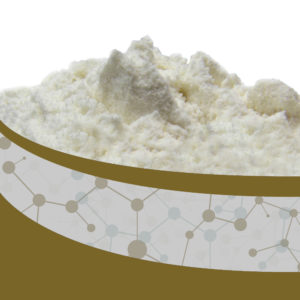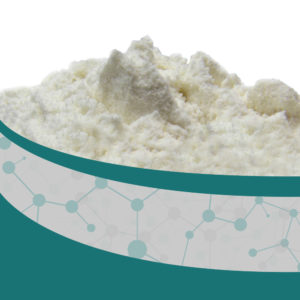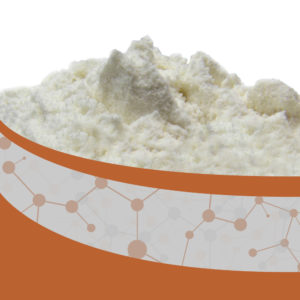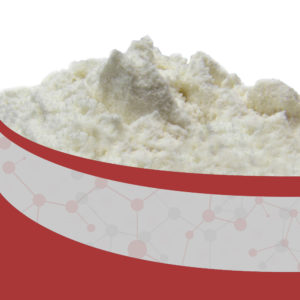Description
Tacrolimus API is a macrolide lactone used primarily as an immunosuppressant in organ transplant therapy. It prevents organ rejection by inhibiting T-lymphocyte activation, making it essential in post-transplant medications. As a potent and effective molecule, Tacrolimus is also increasingly used in topical formulations for skin conditions such as eczema and atopic dermatitis.
Thykn Products is a trusted Pharmaceutical API supplier offering high-purity Tacrolimus API manufactured under stringent GMP conditions. Our API is suitable for oral, injectable, and topical formulations and is available in various strengths and particle sizes as per client needs.
BASIC INFO.:
- Model number:
- CAS number: 104987-11-3
- Name: Tacrolimus
- Therapeutic Category: Immunosuppressant
- Trademark:
- Specifications: An immunosuppressive drug used to prevent transplant rejection and other immune system-related diseases.
- Mf:
- MOQ:
- Sample:
- Transport Package:
- Original:
PRODUCT SPECIFICATIONS:
- Treatment and Function: It suppresses the immune system and prevents organ rejection after the transplant.
- Physical Form: White Powder.
- Medicine Type: Human and Veterinary Drug.
- Ingredients: Tacrolimus API.
- Recommended for: People who underwent any organ transplant. Cats or dogs suffering from dry eye syndrome can use it.
- Storage: Store this drug in a dry and cold environment as cold as -20℃.
USES:
After the transplant, the risk of rejection is very high. The use of tacrolimus can prevent rejection. No matter what kind of transplant has happened, this drug is one of the best to avoid rejection. It can be used to manage acute exacerbations of uveitis, minimal change disease, and vitiligo. Tacrolimus is also available in topical form to treat eczema, dermatitis, etc.
In veterinary medicine, dry eye syndrome can be dealt with effectively with tacrolimus.
CHEMICAL COMPOSITION:
The molecular formula of tacrolimus is C44H69NO12. IUPAC name for this compound is (1R,9S,12S,13R,14S,17R,18E,21S,23S,24R,25S,27R)-1,14-dihydroxy-12-[(E)-1-[(1R,3R,4R)-4-hydroxy-3-methoxycyclohexyl]prop-1-en-2-yl]-23,25-dimethoxy-13,19,21,27-tetramethyl-17-prop-2-enyl-11,28-dioxa-4-azatricyclo[22.3.1.04,9]octacos-18-ene-2,3,10,16-tetrone and is a macrolide lactone.
PRODUCT APPLICATION:
Tacrolimus is an inhibitor of calcineurin, an enzyme that can activate T-lymphocytes. T-Lymphocytes are an essential component of the immune system. In addition to this, tacrolimus also inhibits the synthesis of interleukin-2. Both these actions lead to reduced immune response. This reduction in immunity helps prevent transplant organ rejection.
PHYSICAL AND CHEMICAL PROPERTIES:
- Melting Point – 126℃
- Density – 1.2±0.1g/cm3
- Form – Powder
- HS Code – 29419090
- Color – White
- Molecular Weight – 804.03g/mol
- Solubility – Insoluble in Water.









